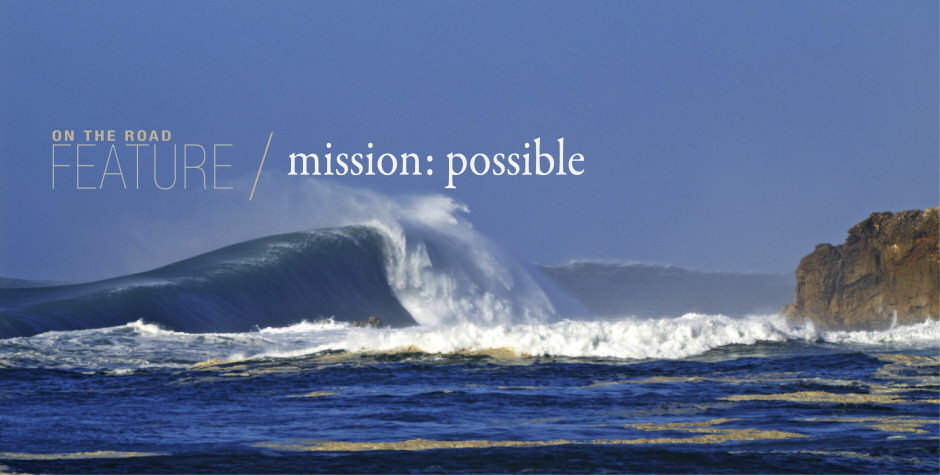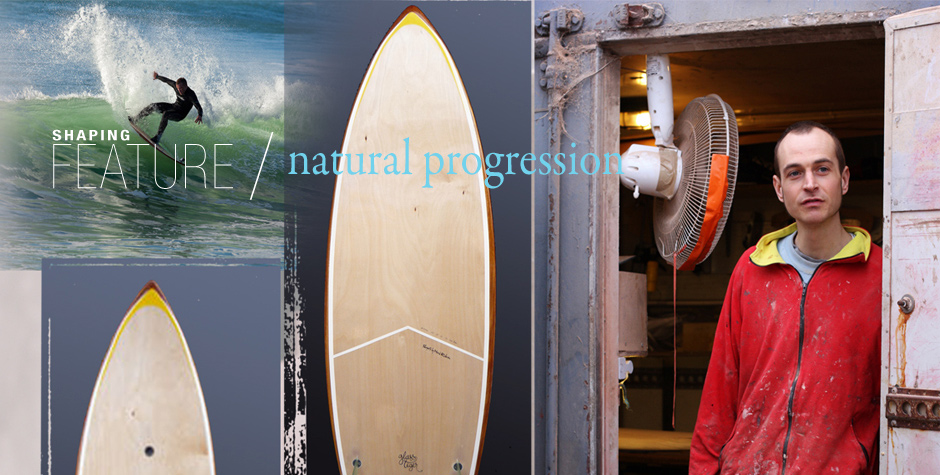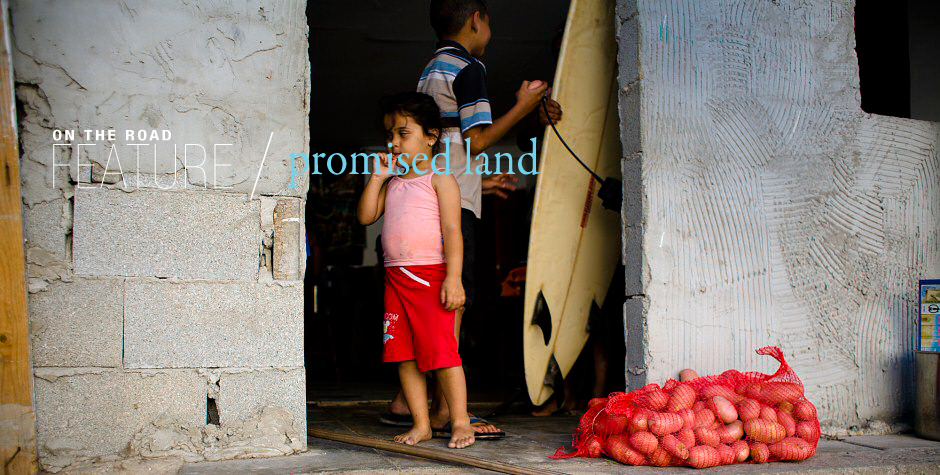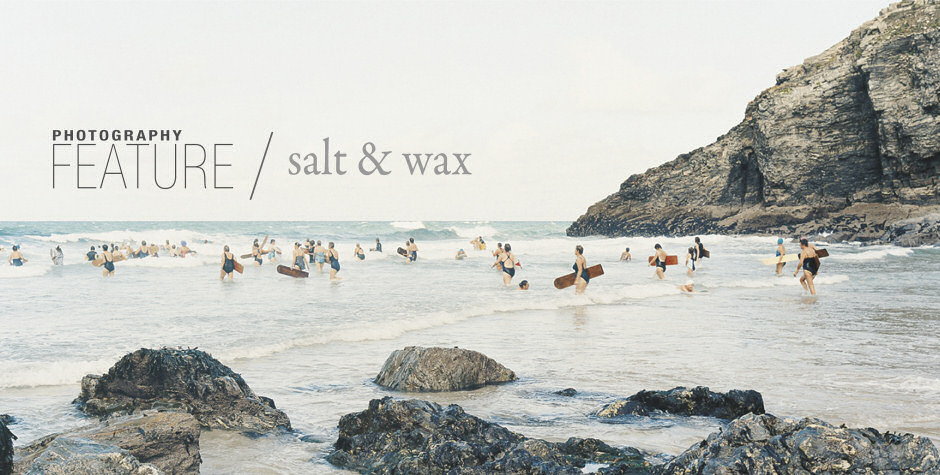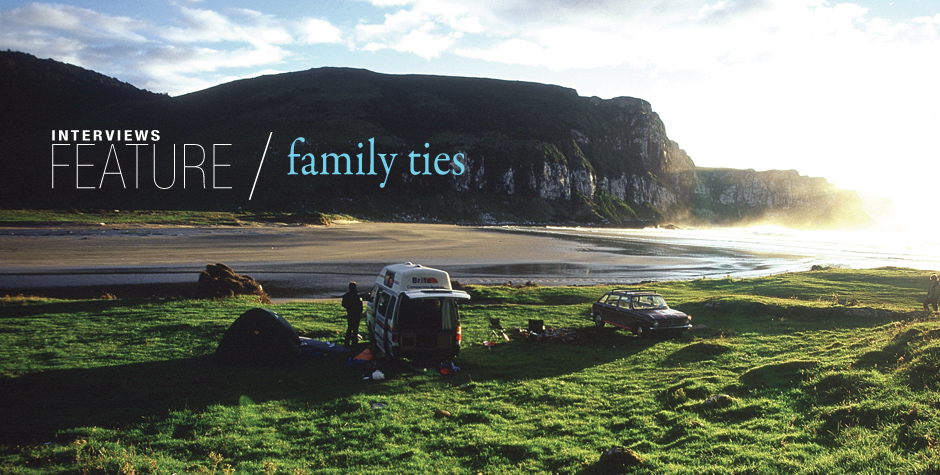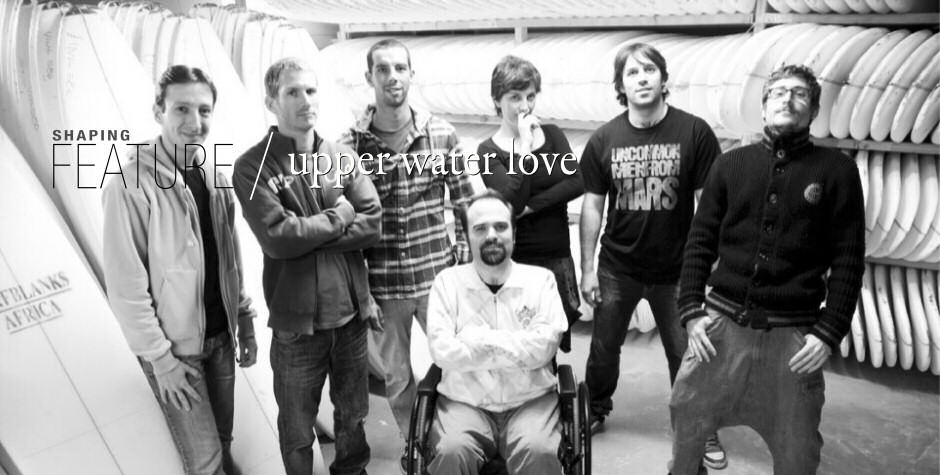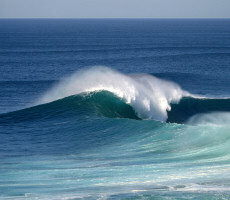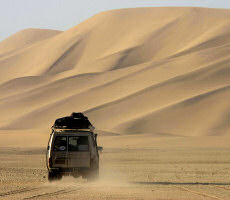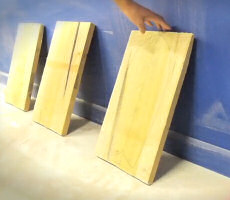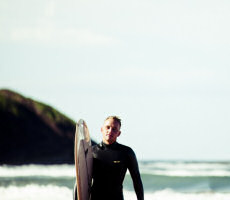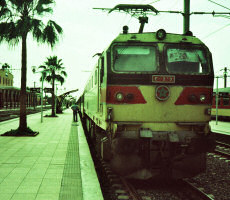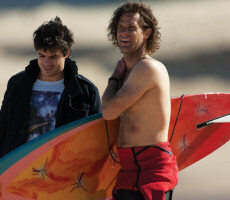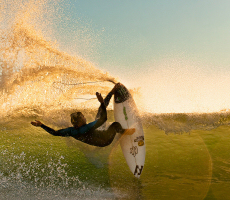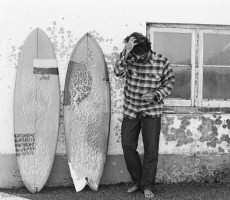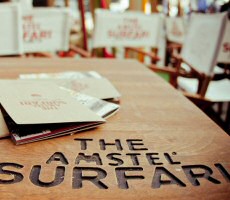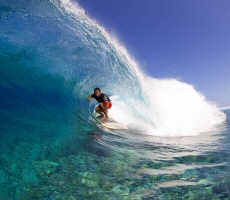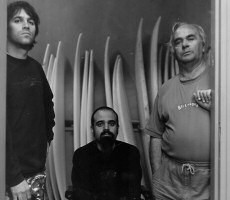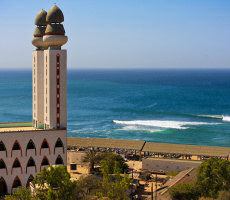Chilca’s “new wave”
 There was a big turnout last Saturday at a break in Chilca for a bodyboard competition billed as part of one global circuit or another.
There was a big turnout last Saturday at a break in Chilca for a bodyboard competition billed as part of one global circuit or another.
The merchandising and blaring music and TV crews were a turn off, but the trip out was worth it because, supposedly, it’s a “newly discovered break”. Hard to get to and you basically need a four-wheel drive or a horse to get out to the break once you make it past miles of huge ovens where they cook bricks from dirt dug up from old seafloor. Apparently Peru’s military controls the hills behind the break, so for years people weren’t allowed in.
It’s a big, heavy wave, very fast, with a thick lip and Saturday, so far as I could tell, it couldn’t be surfed. The body boarders often were stuck in the foam as soon as they dropped in and couldn’t get over to a face that folded over quickly. Maybe on a smaller day. It looks and behaves like a beach break, but I think there is a reef near the shoreline that causes it to jack up quickly. There is a big slab of rock that sits in front of the break, and I couldn’t tell if it was part of a bigger mass extending into the water.
